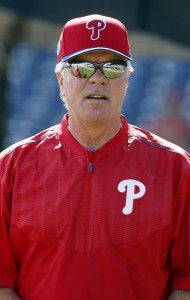The Mariners have claimed righty Casey Lawrence from the Blue Jays, as Bob Dutton of the Tacoma News Tribune first reported on Twitter. The club has announced the move, with Evan Scribner moving to the 60-day DL to create 40-man space.
The 29-year-old Lawrence will report to Triple-A Tacoma, where he’ll provide the Seattle organization with an additional depth option. He had made two starts and two relief appearances at the MLB level for the Jays, though those didn’t go particularly well.
Over 13 1/3 innings frames with Toronto — the first of his career in the big leagues — Lawrence surrendered 13 earned runs on 21 hits with a less-than-ideal 7:11 K/BB walk rate. That said, Lawrence has also turned in three strong starts at Triple-A this year (allowing just one earned in ten innings) and has been a sturdy (if unspectacular) performer in the upper minors in recent years.

